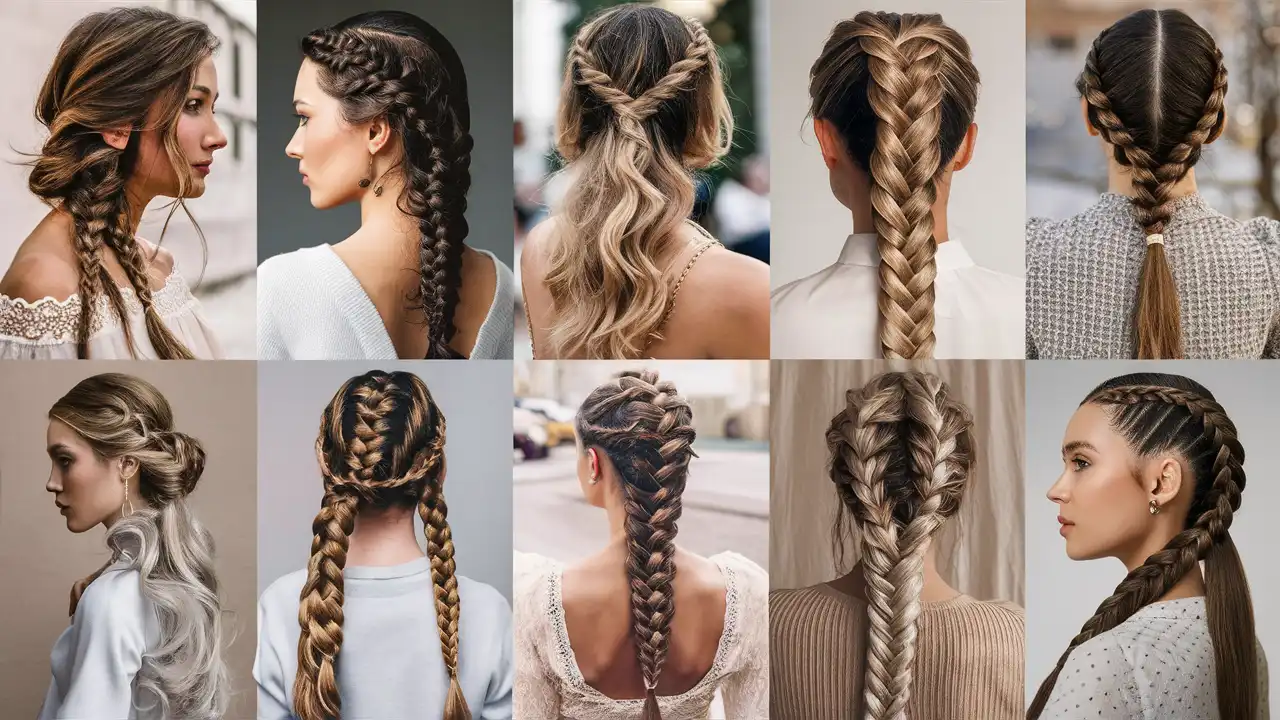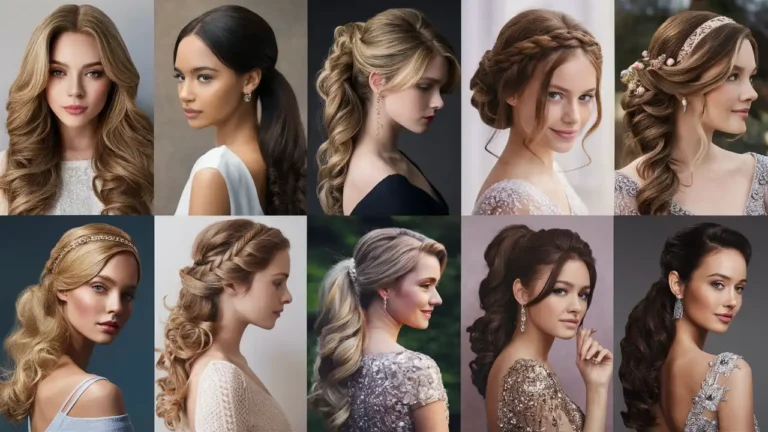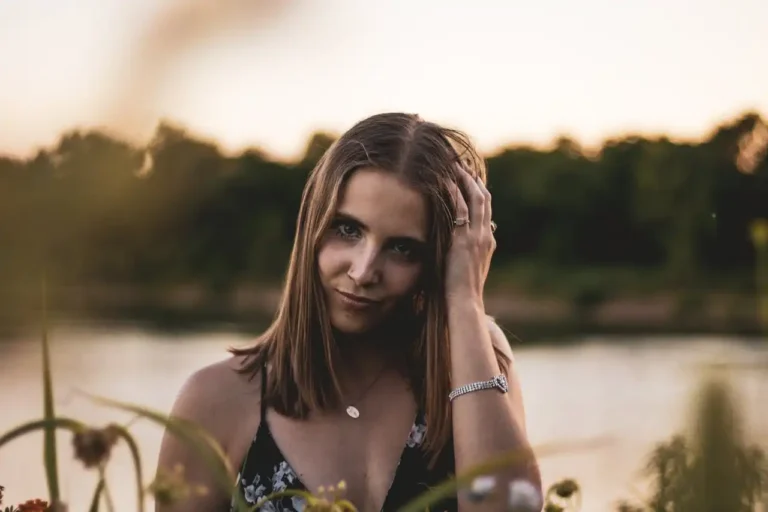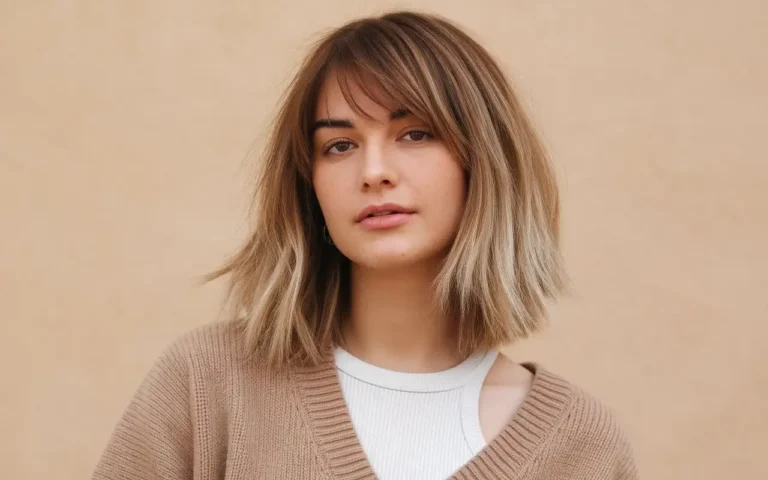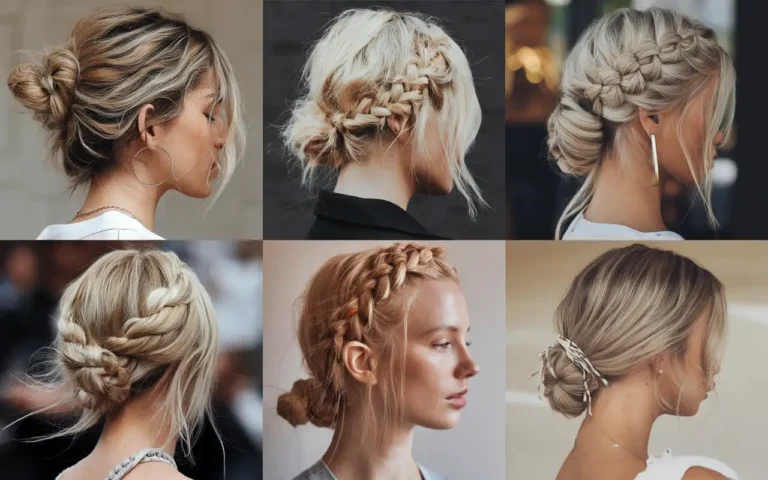15 Braided Hairstyles to Elevate Your Look
Braided hairstyles have a rich history and bring style and practicality to hair fashion. They are versatile enough to work for any casual or formal occasion. I want to share 15 beautiful braided hairstyles that can refresh your look and fit well into your daily routine.

From classic three-strand braids to more intricate styles, the possibilities are endless. These hairstyles protect the hair and allow self-expression, showcasing unique details and accessories. Each braid has its charm, making it an exciting option for anyone looking to change their appearance.
1: French Braid

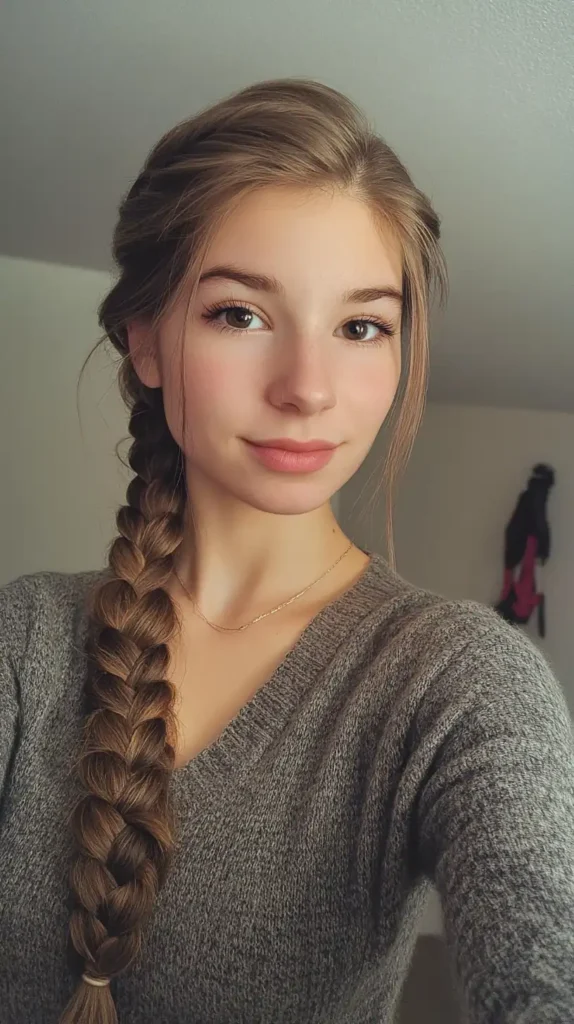
I enjoy the classic French braid for its elegance and versatility. This style involves picking up sections of hair as I braid, allowing it to lay flat against the scalp.
To create a French braid, I start by parting my hair and dividing it into three sections. Then, I cross the outer sections over the middle and add hair from the sides. This process continues until I reach the end of my hair.
French braids work well on various hair lengths and can be dressed up or down. They are perfect for casual outings or formal events, making them a go-to hairstyle for many occasions.
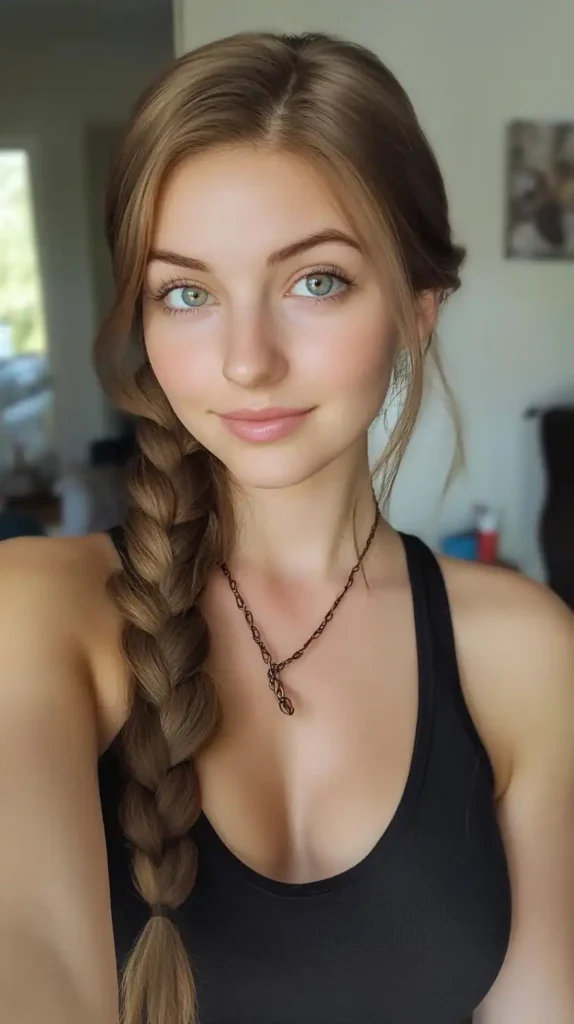
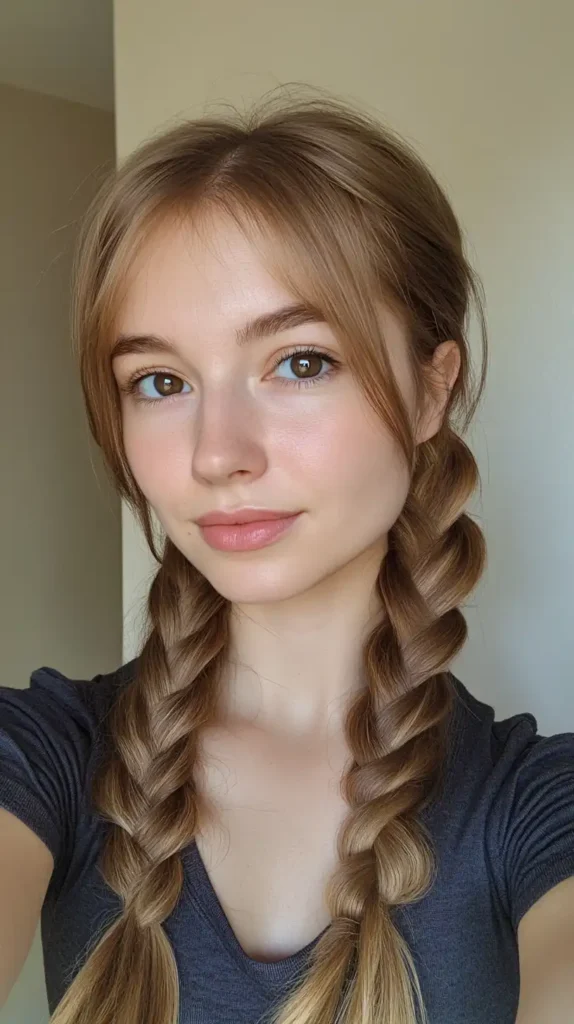
2: Dutch Braid
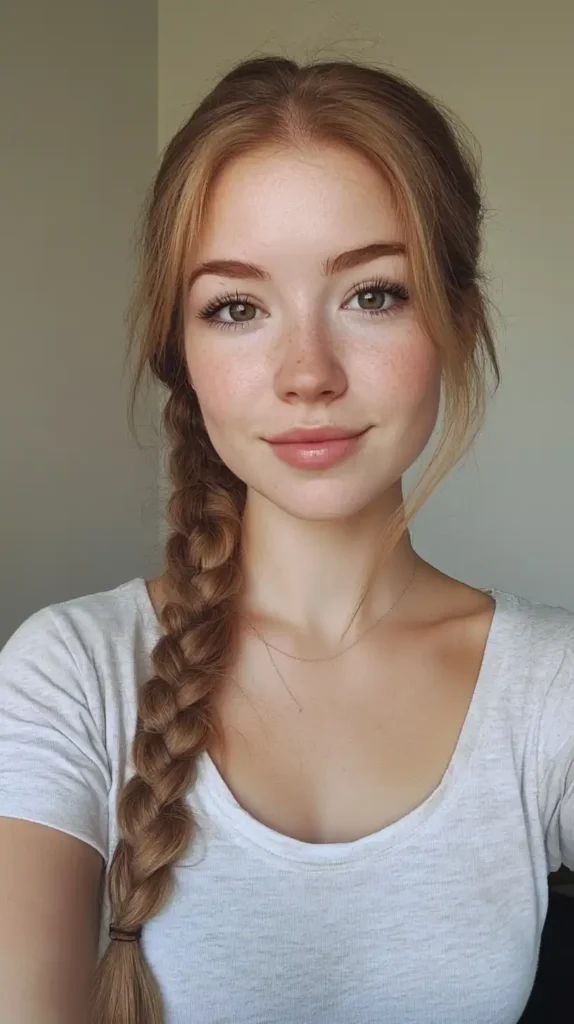
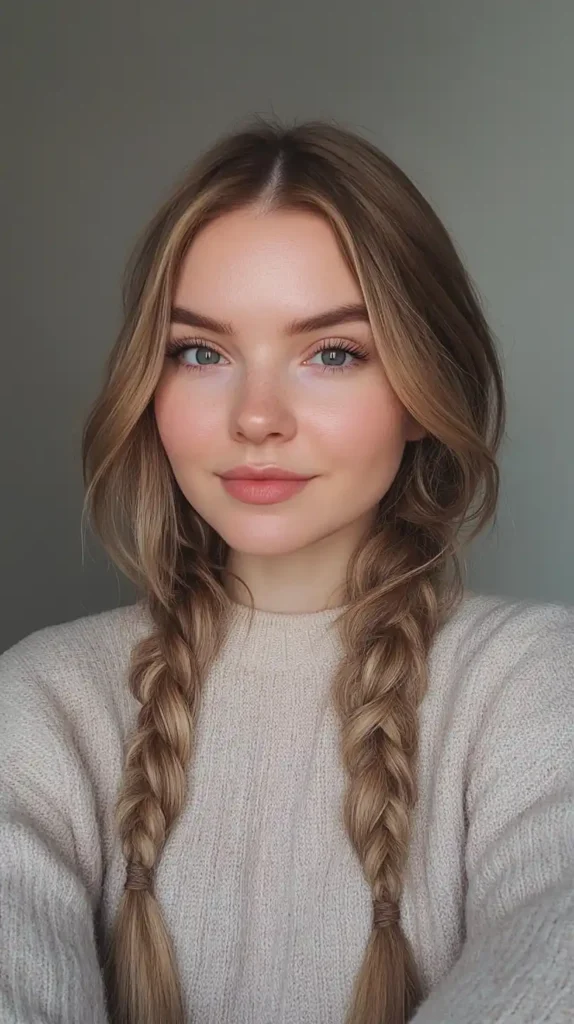
The Dutch braid is a popular style known for its unique look. It stands out because the braid sits on the hair rather than blending in.
I combine the hair into three pieces to create a Dutch braid. I then cross the outer strands underneath the middle one. This technique creates an inverted braid that looks great for many occasions.
Dutch braids can be styled in various ways. I love loose styles for a casual look or tight braids for a polished finish. They work well as pigtails, or I can wear one braid down my back.
This hairstyle suits different hair colors, significantly lighter shades that showcase the braid’s details. Whether I choose a classic braid or mix it with other styles, I always enjoy how versatile this look is.

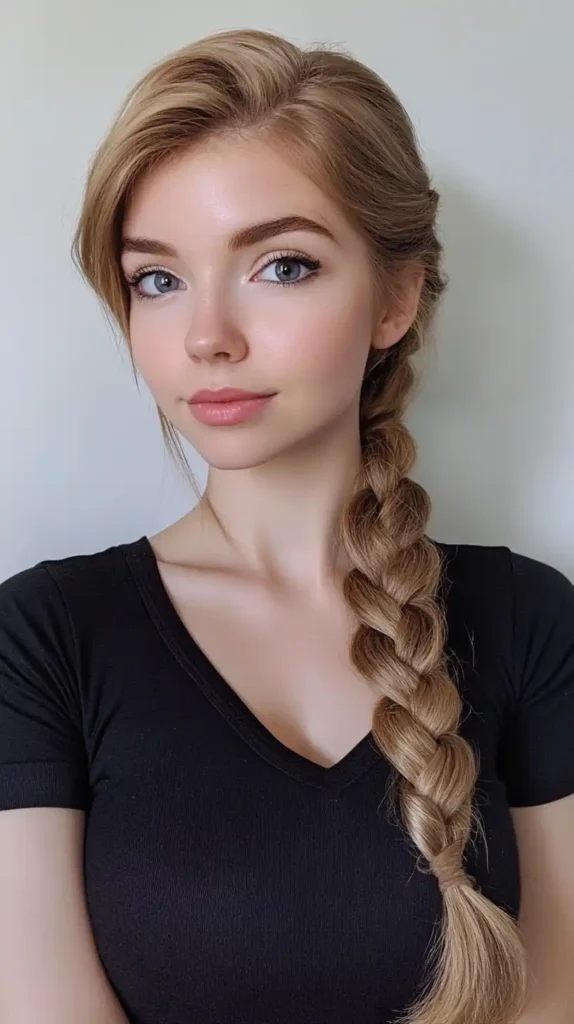
3: Fishtail Braid
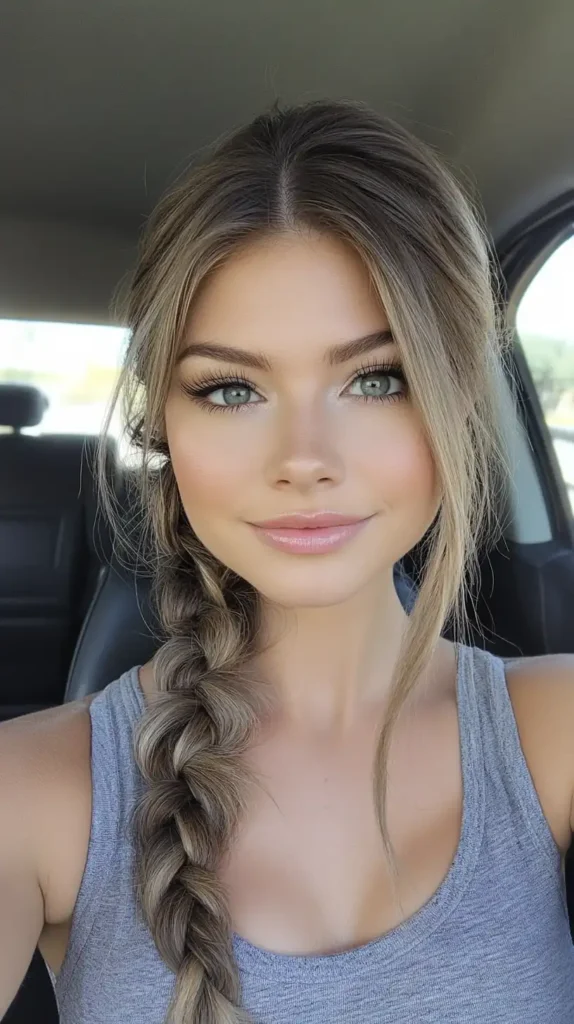
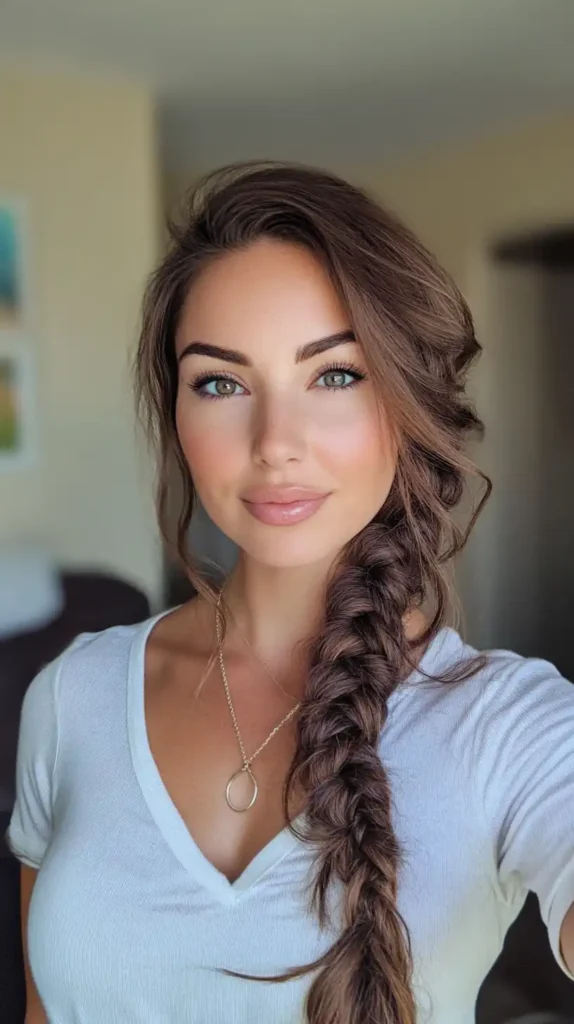
The fishtail braid is a beautiful and unique style that I love. It gets its name because it resembles the tail of a fish.
To create a fishtail braid, I alternate two sections of hair, adding small pieces from each side. This gives it a smooth, intricate look.
Fishtail braids can be worn casually or dressed up for special occasions. They look great as a low ponytail or a half-up style. I enjoy using this braid to add a touch of elegance to my hairstyle.
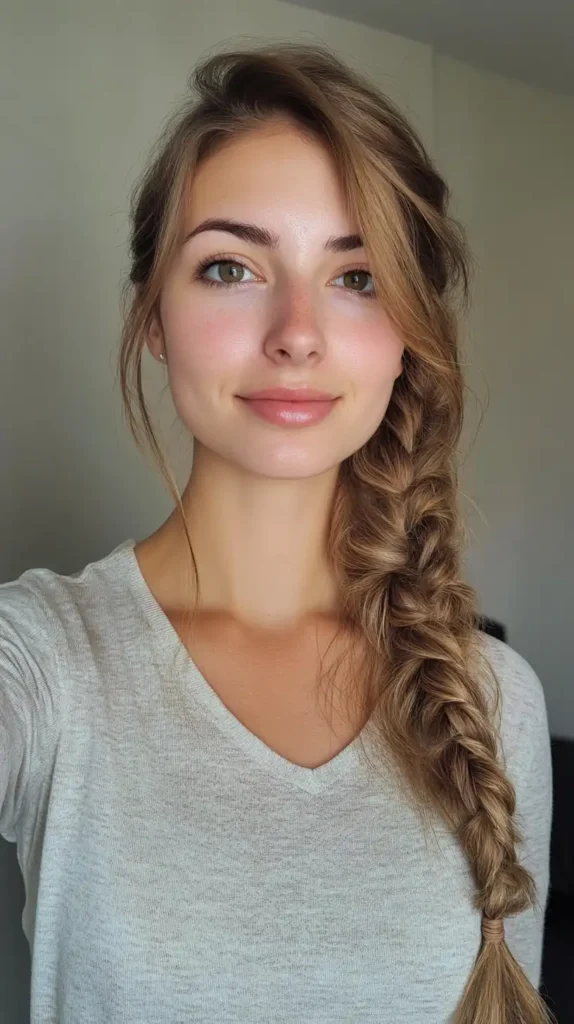

4: Waterfall Braid


The waterfall braid is a beautiful, flowing hairstyle. It features strands of hair cascading down like a waterfall. This style works well for both casual outings and formal events.
To create a waterfall braid, I divide my hair into sections. I then weave the braid, letting some pieces fall freely, giving it a soft, romantic look.
Waterfall braids suit all hair types and colors. I find them incredibly stunning on long hair, but they can also be adapted for shorter styles.

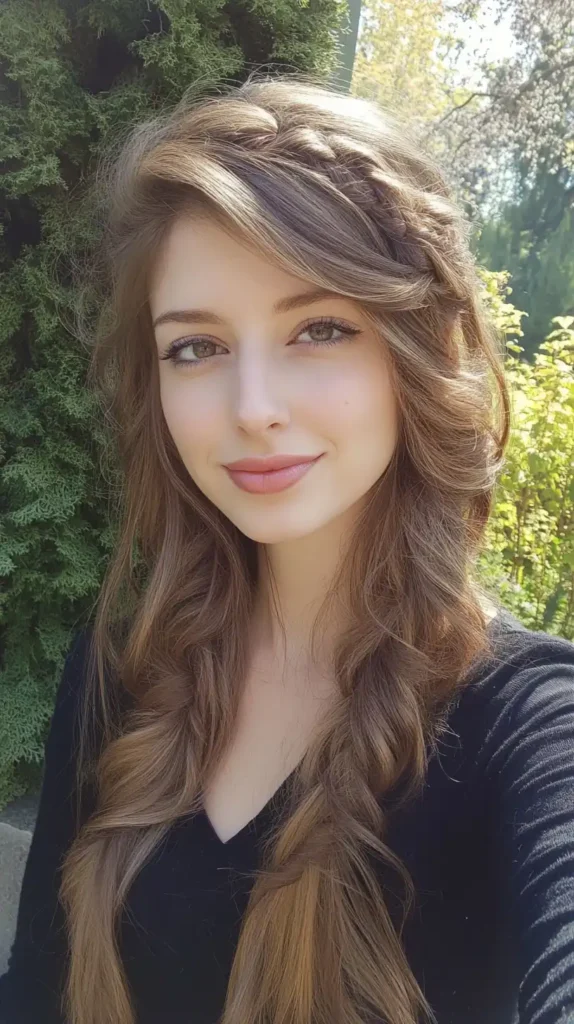
5: Crown Braid
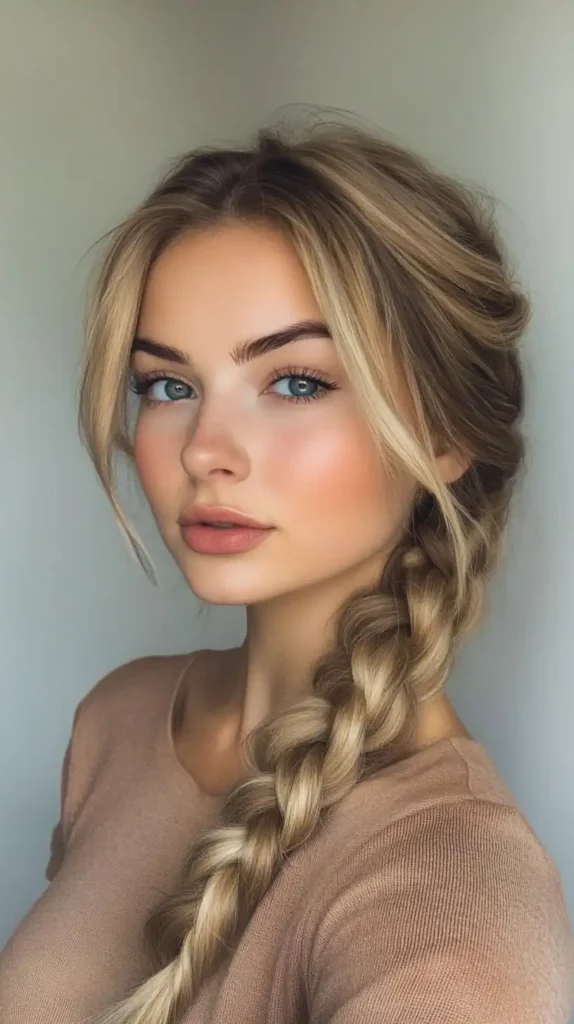
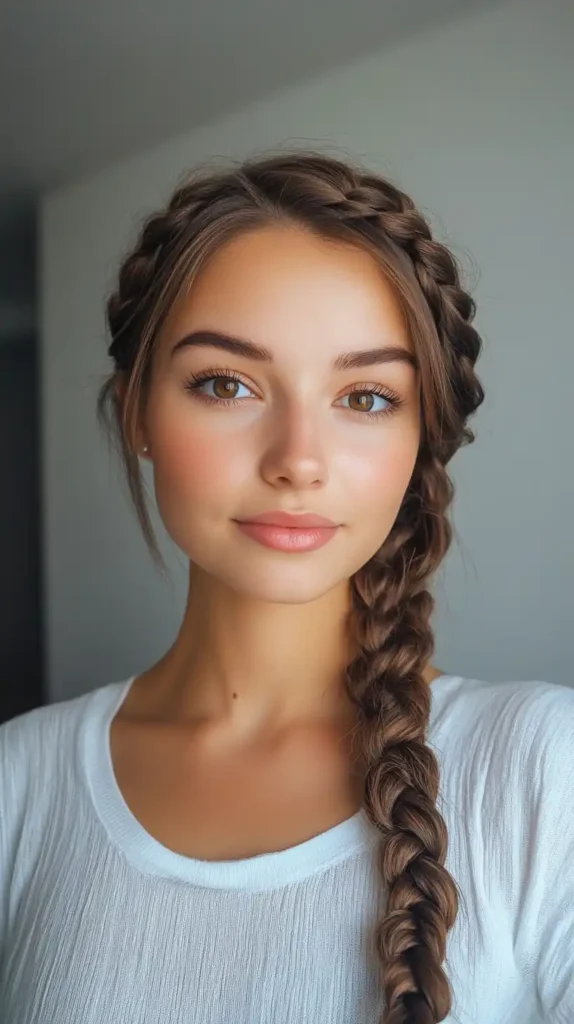
The crown braid is a stunning and elegant hairstyle. It wraps around your head like a halo. This look can suit many occasions, from casual outings to formal events.
I love how versatile this braid is. You can choose a neat style or choose a messy, relaxed look. It works well with different hair types and lengths.
Creating a crown braid can be simple. I like to use either a Dutch braid or a fishtail braid for this style. Tutorials can help anyone learn how to make this beautiful hairstyle easily.

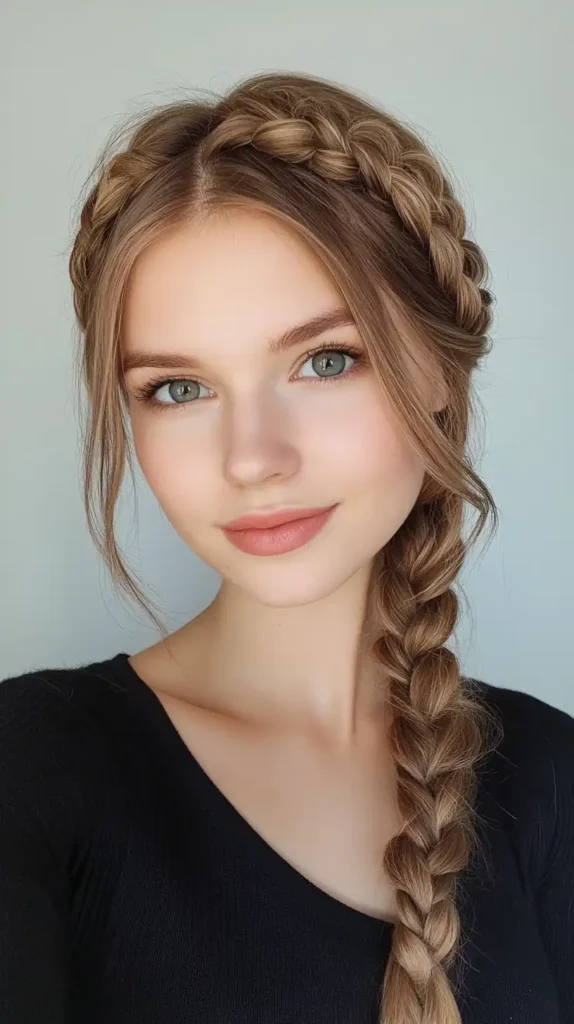
6: Box Braids


I love box braids for their style and protection. They are a great way to give my natural hair a break while looking good.
Box braids section the hair into squares before adding synthetic or natural hair. This method creates a plait that can last for several weeks.
I can customize box braids by adding color or curls to the ends. It’s fun to experiment with different lengths and designs.

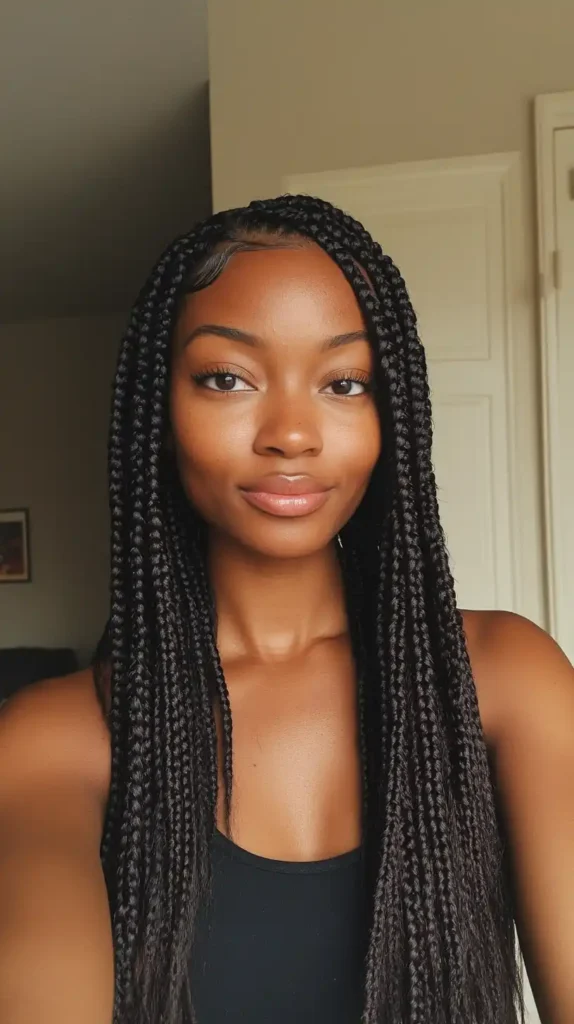
7: Cornrows
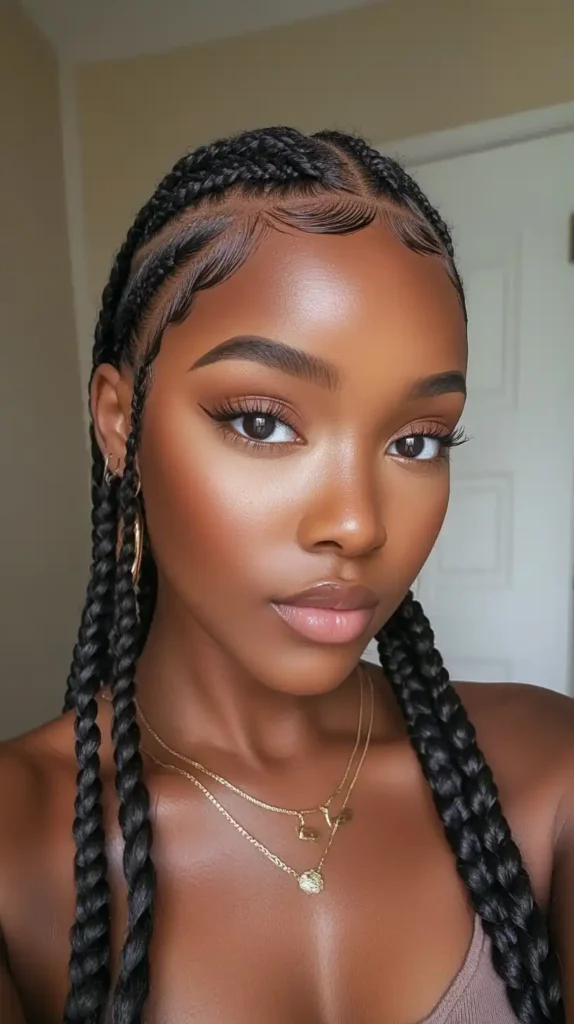
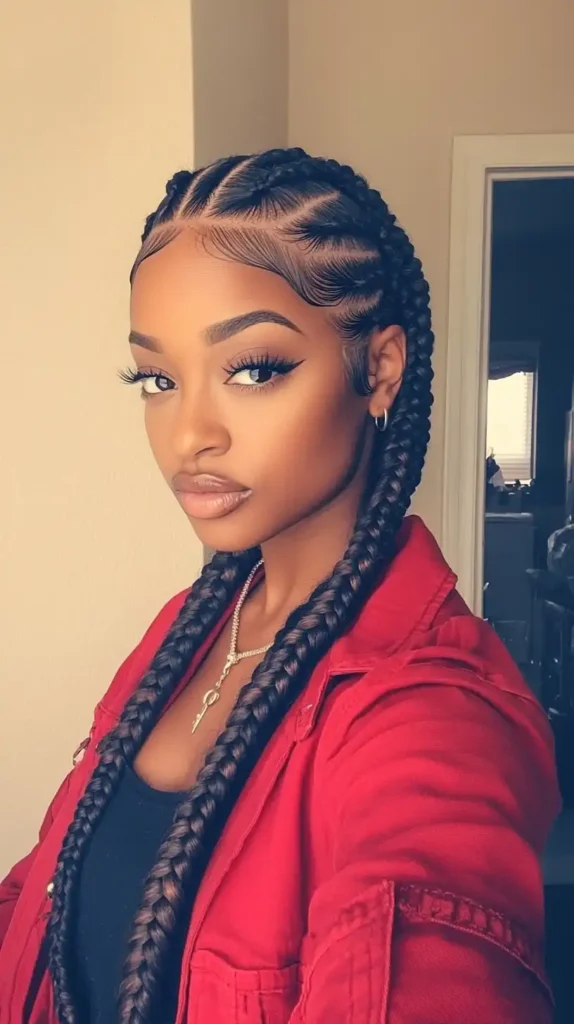
Cornrows are a stylish and practical way to braid hair close to the scalp. I love how this hairstyle can create intricate patterns and designs that stand out.
This look is great for everyday wear and special occasions. Cornrows are often paired with buns or ponytails for a polished finish. They also serve as a protective style, helping to keep hair healthy.
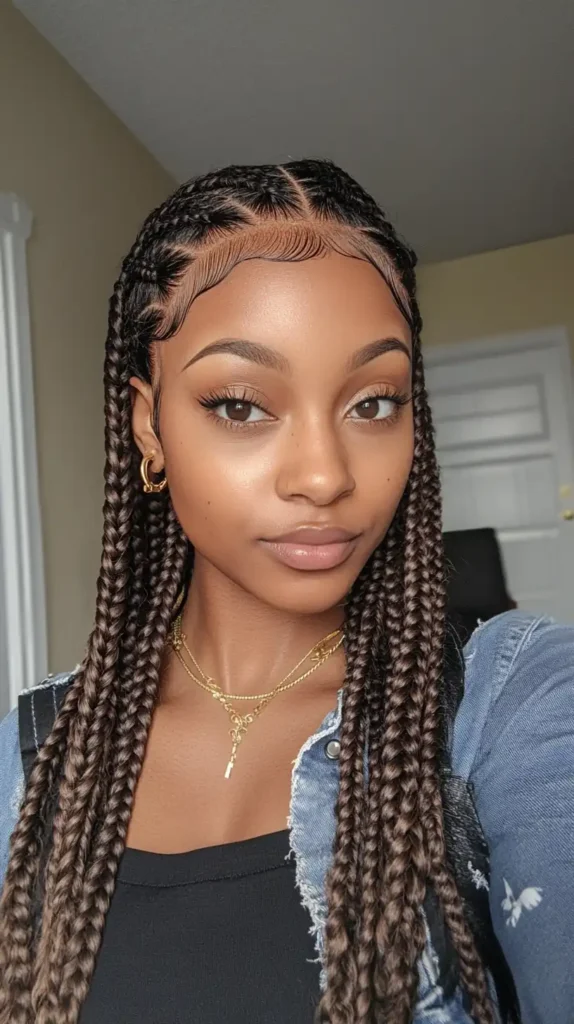

8: Goddess Braids
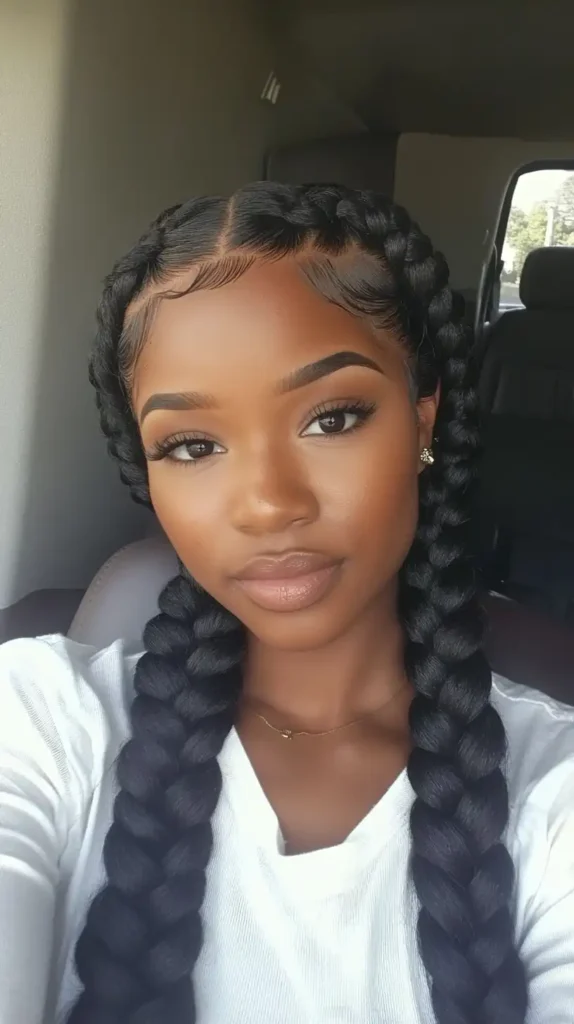
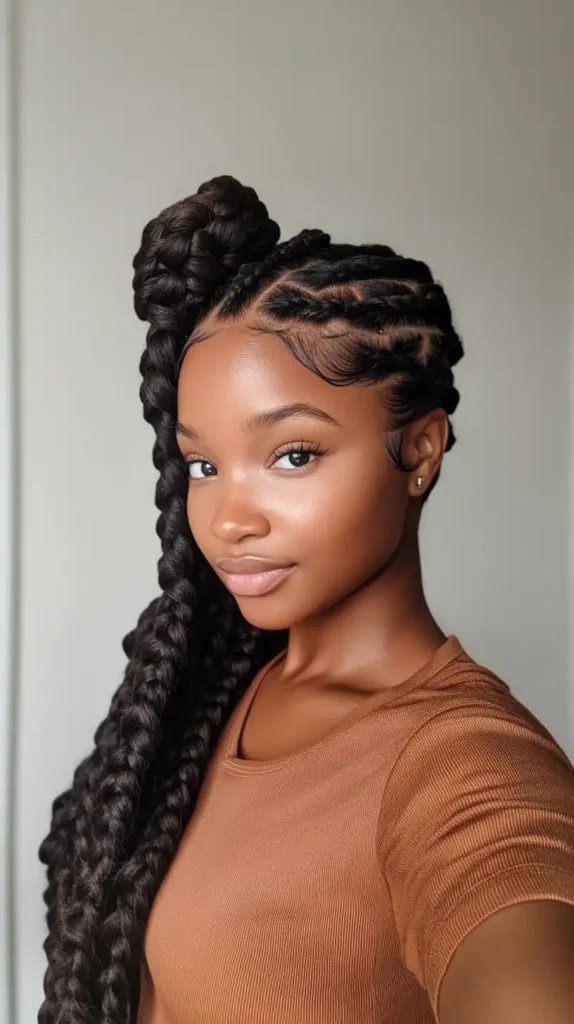
Goddess braids are a stunning hairstyle that I love for their elegance and versatility. These thick, larger braids can be styled in many ways, including updos or loose styles.
I enjoy wearing them with vibrant colors or highlights for a fun twist. They’re also a great protective style for natural hair, helping to reduce damage and promote growth.
This hairstyle is popular on social media, showcasing various creative ideas. From playful ponytails to intricate updos, goddess braids are a beautiful choice for any occasion.
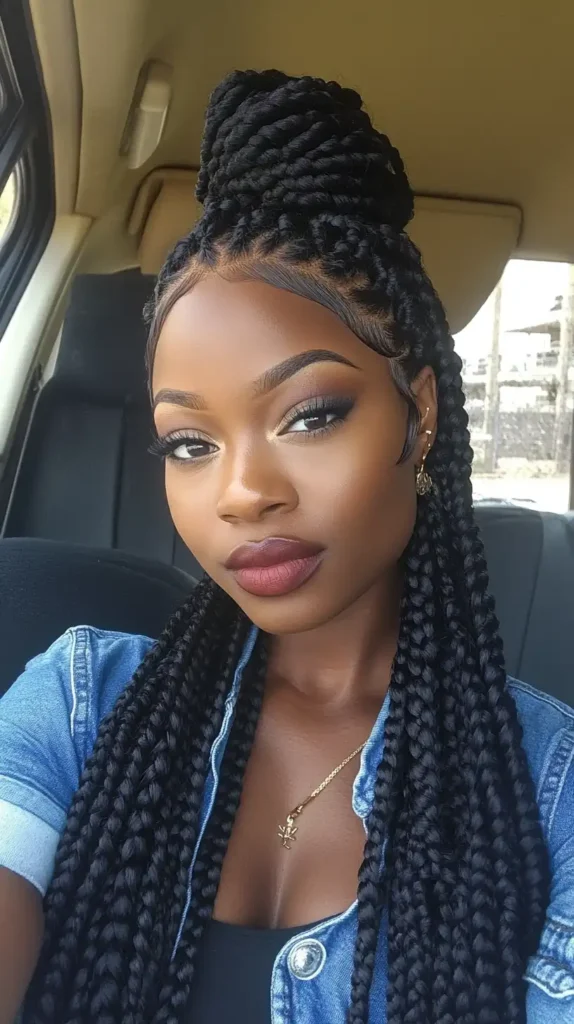

9: Halo Braid


The halo braid is a beautiful and timeless hairstyle. It looks elegant and can feel like wearing a crown.
I weave one or two braids around my head, following my hairline to create this style. This technique gives it a soft and feminine touch.
Halo braids are great for special occasions or everyday wear. They can elevate any look and are perfect for those who love a bohemian vibe. With a bit of practice, anyone can master this braid!
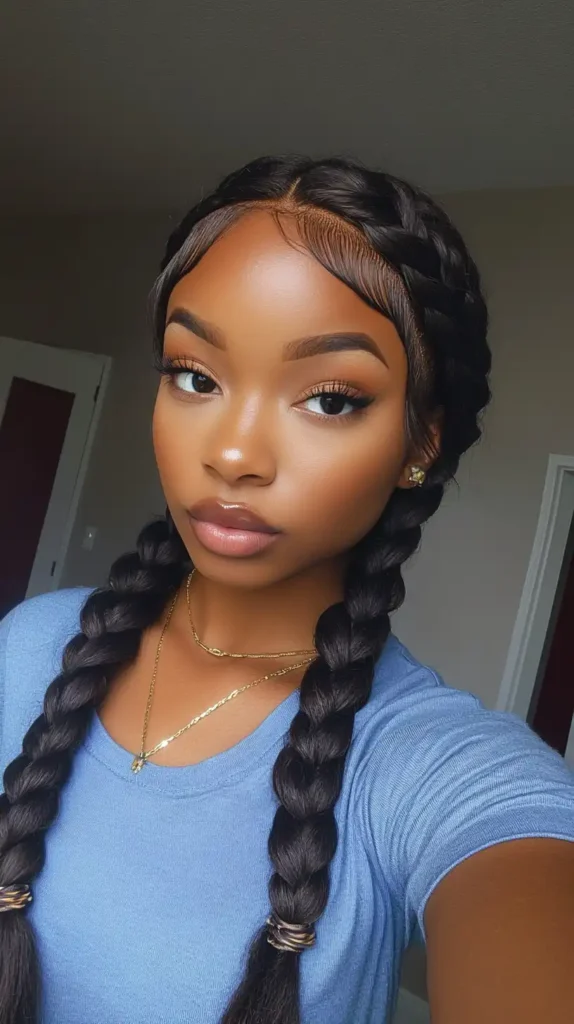
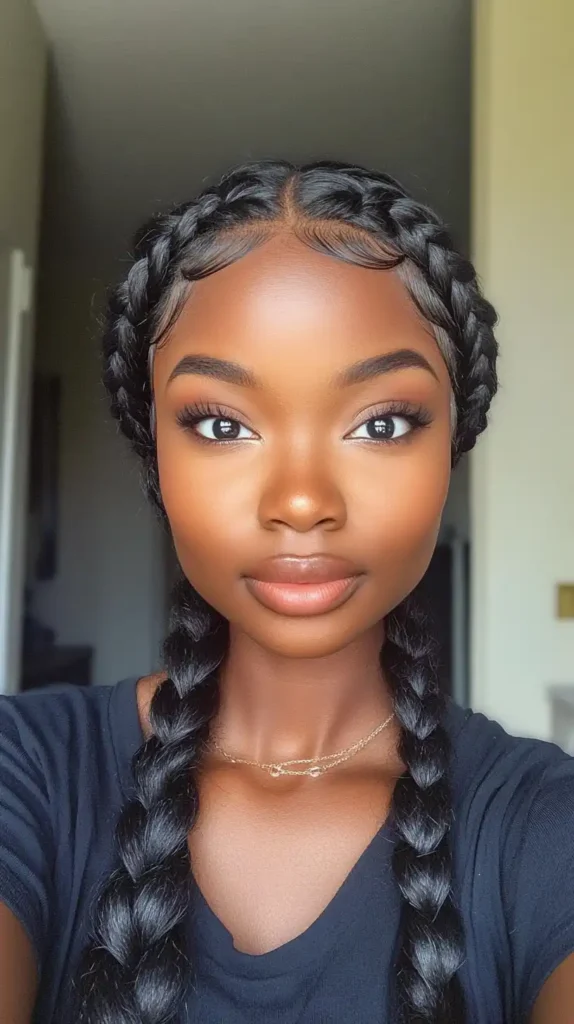
10: Milkmaid Braids


Milkmaid braids are a classic hairstyle that is versatile and easy to create. They give a soft and romantic look, perfect for many occasions.
To start, I divide my hair into two sections and braid each. I like to make pigtail braids to set the base.
Once the braids are done, I secure them on my head. I place one braid across the top and pin it in place. Then, I take the other braid and do the same, tucking it behind the first one.
This style works well for both long and medium hair. With practice, I can finish the look in under 15 minutes.


11: Rope Braid

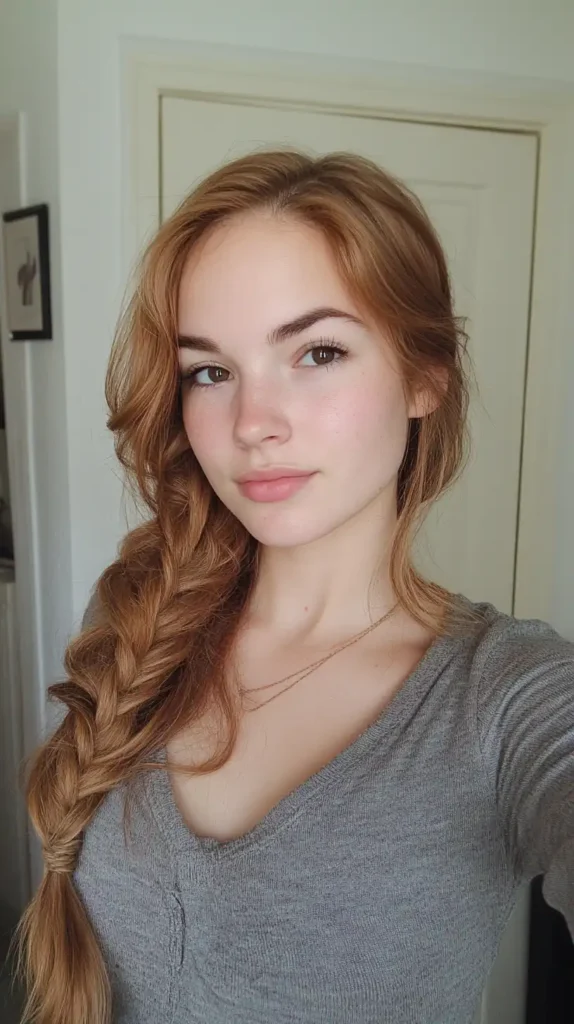
I find the rope braid a stylish and easy hairstyle to create. This braid uses two sections of hair twisted together to form a rope-like appearance.
To make it, I start by dividing my hair into two parts. Then, I twist each section in the same direction and wrap them around each other in the opposite direction. This creates the unique look I love.
The rope braid works well for various occasions. I often use it for casual days or even more formal events. It can also be adapted into a ponytail or bun for a chic look.


12: Four-Strand Braid
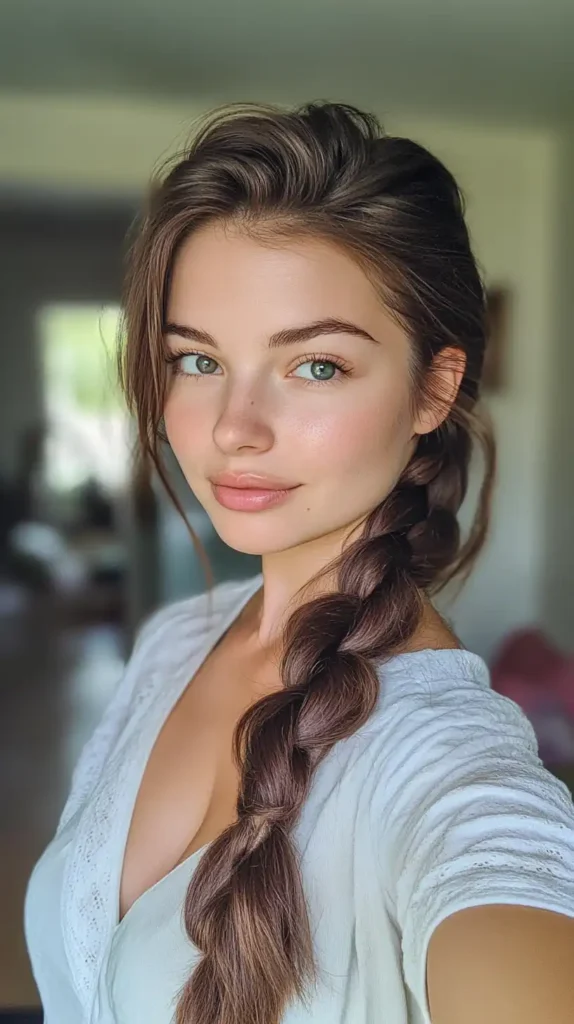

The four-strand braid is a stylish and unique hairstyle. It uses four sections of hair, creating a thicker and more intricate braid than the traditional three-strand braid.
To start, I pull my hair into a ponytail. Then, I split the ponytail into four equal sections. I cross the outer strands over the inner strands in a simple pattern.
With practice, this braid is easy to master. It adds a fun twist to any look, whether casual or formal. This hairstyle can be worn down or styled into an updo for special occasions.
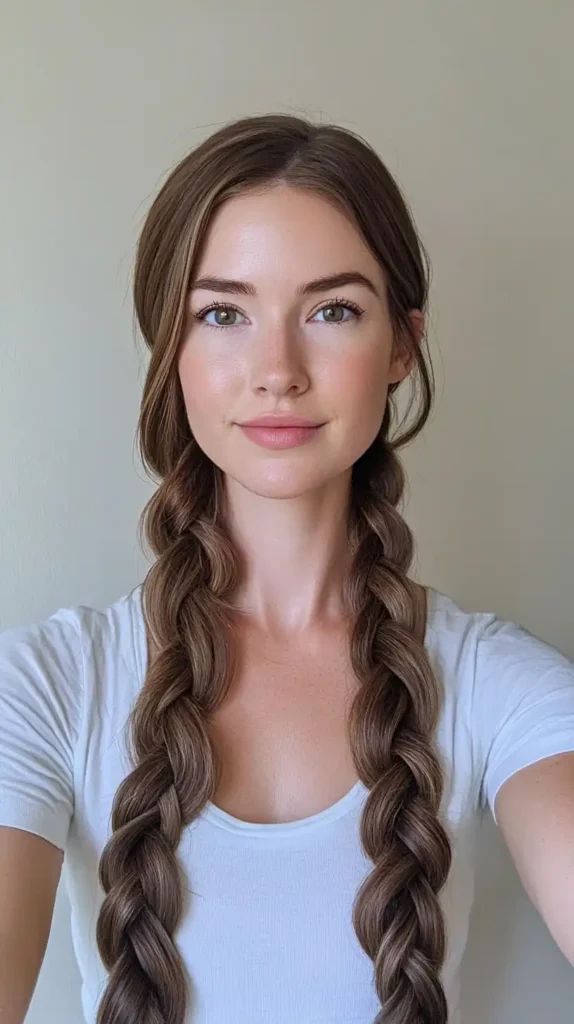
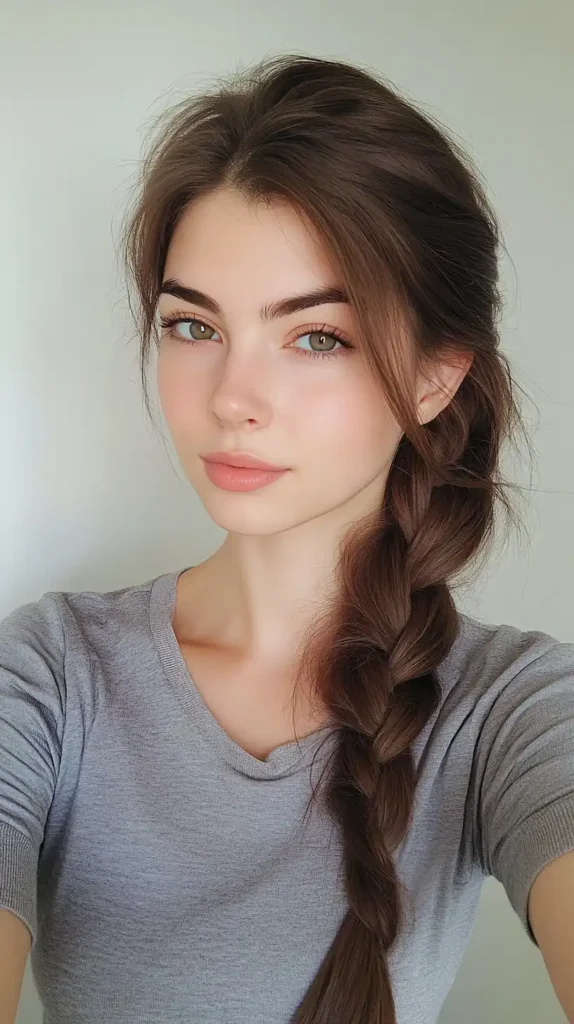
13: Twist Braid
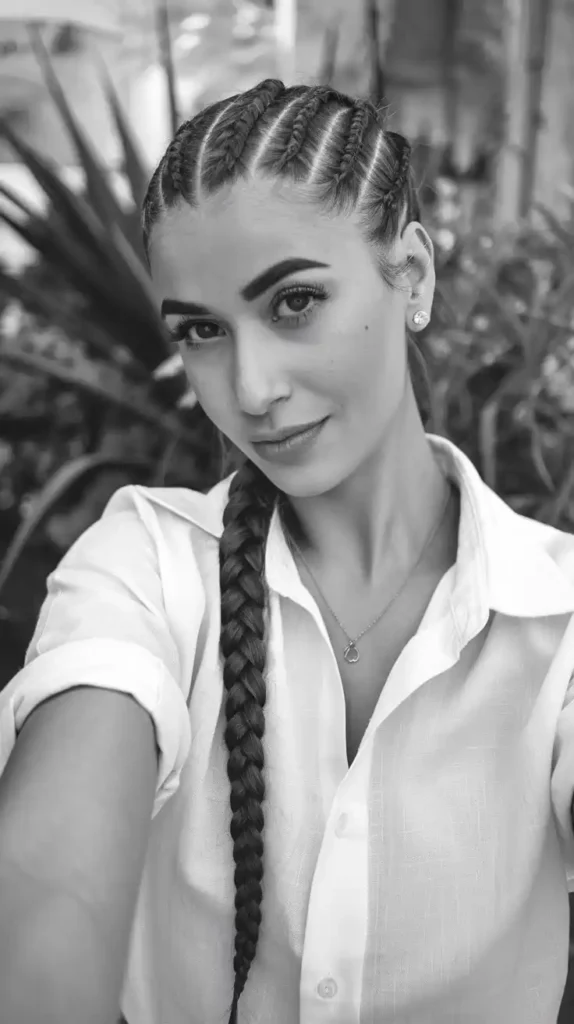
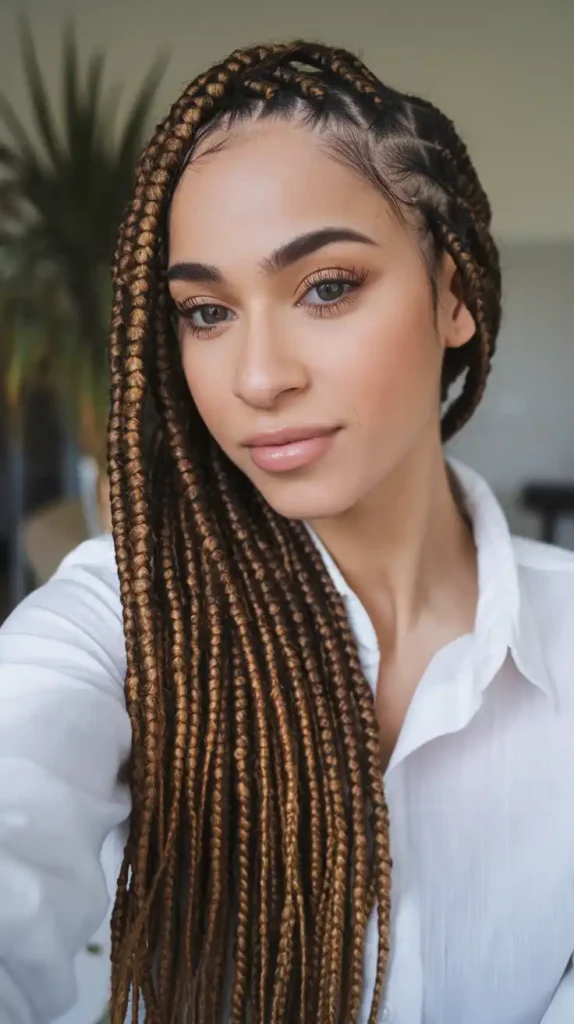
Twist braids are a popular choice for many. They are simple yet stylish. I love how they can give my hair a fresh look with minimal effort.
To create twist braids, I divide my hair into sections. Each section is twisted together to form the braid. I often use eight sections for a balanced look.
These braids can be worn in various styles. I enjoy wearing them down or in a half-up style. Adding accessories like beads can also enhance the look.
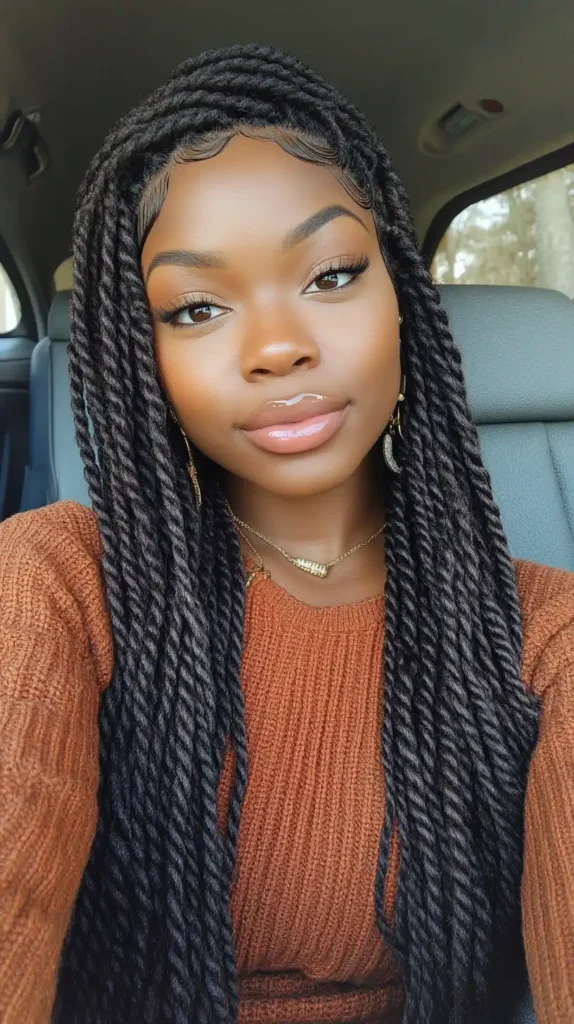
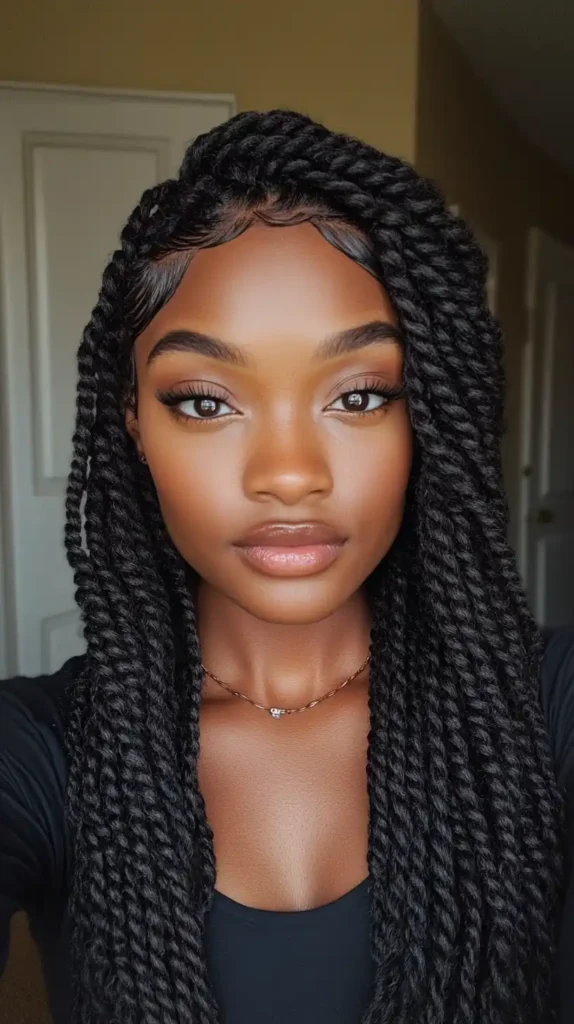
14: Infinity Braid
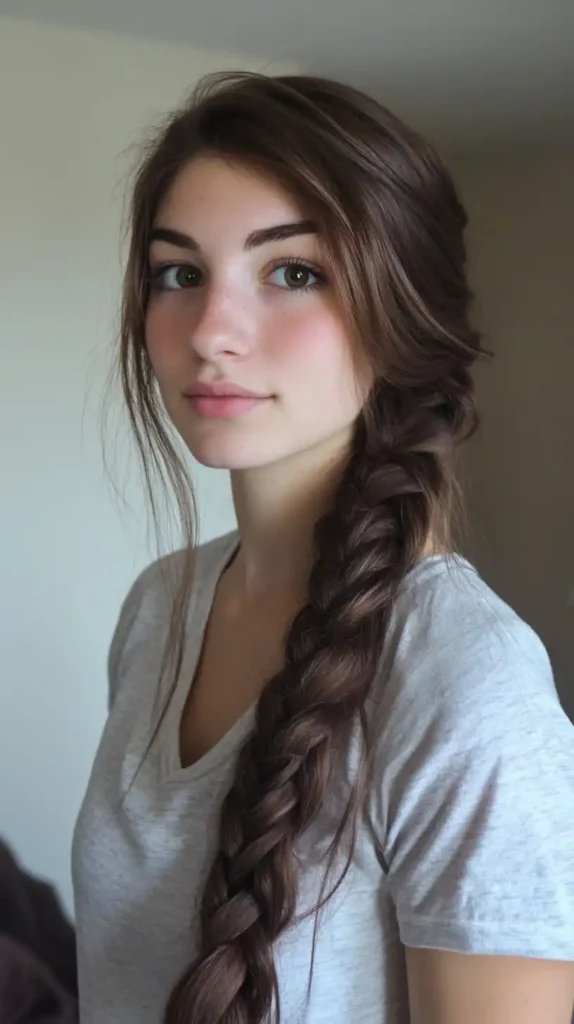

The Infinity Braid is a stunning hairstyle that looks complicated but is fun to create. It is great for adding a flair to any look.
To start, I split my hair into three strands. Then, I cross the strands over each other, adding more hair.
This braid forms a figure-eight pattern. It’s perfect for special occasions or just a day out. With practice, anyone can master it!

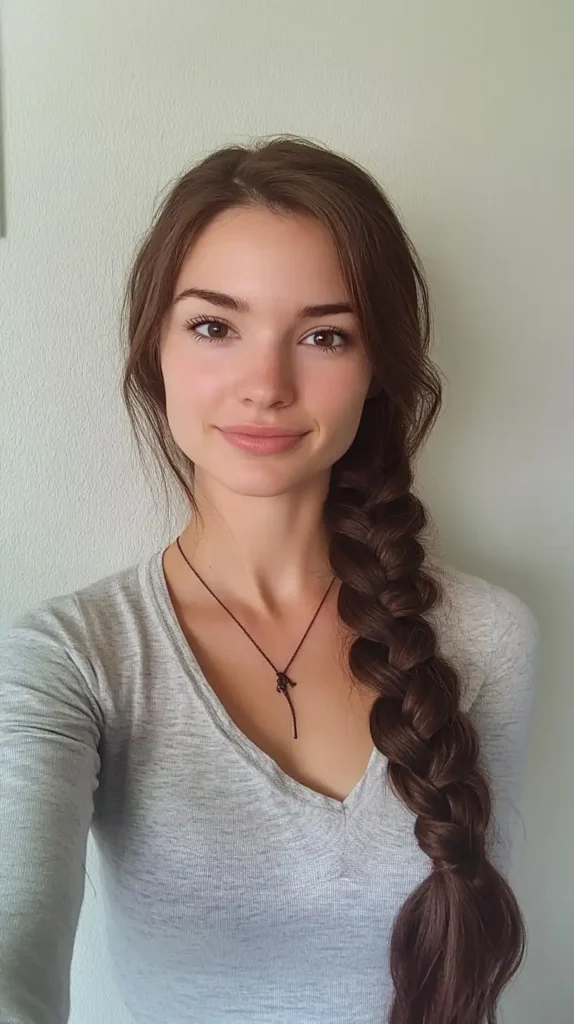
15: Side Swept Braid
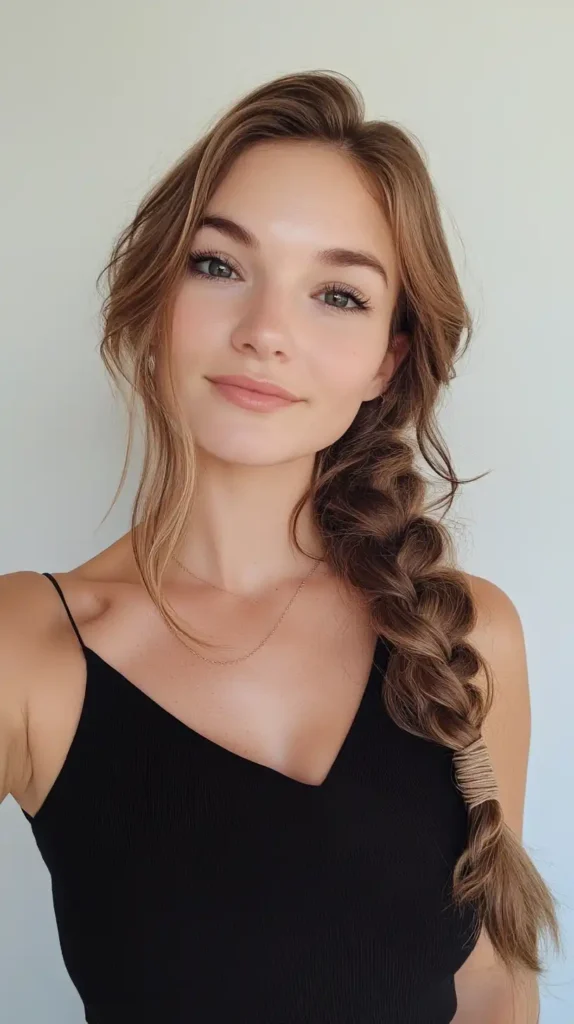
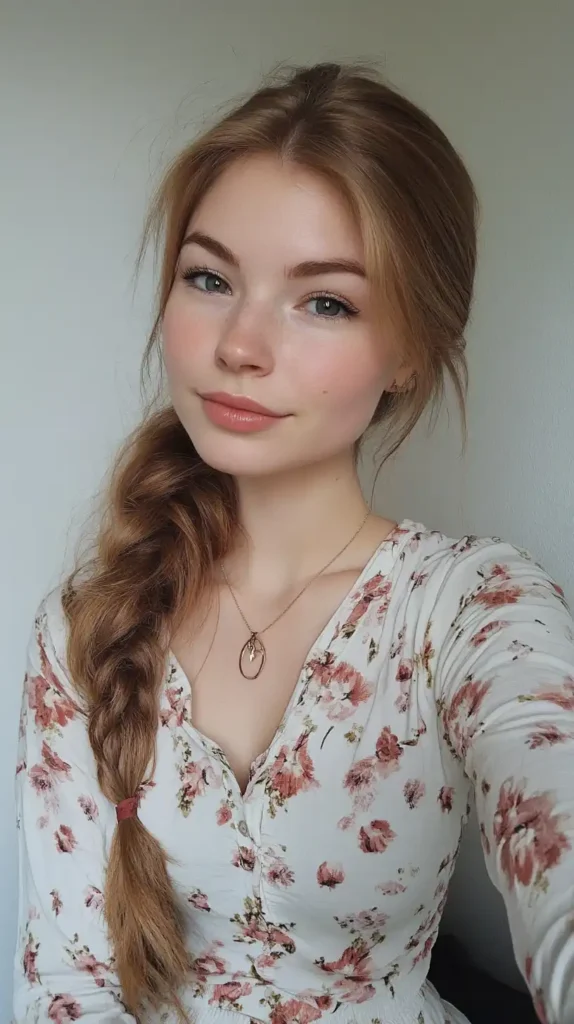
The side-swept braid is a versatile and stylish look. I love how it can be worn casually or dressed for special occasions.
To achieve this look, I start with a low-side ponytail. Then, I create my braid using either a classic or fishtail technique.
This style adds a soft and romantic touch to any outfit. I often finish it with a decorative hair tie or ribbon for an extra flair.
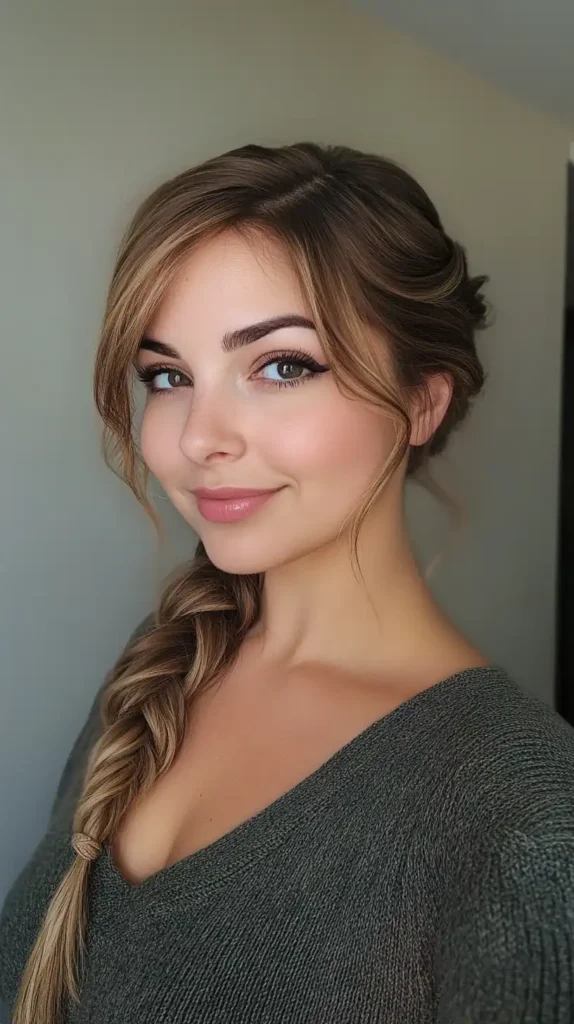

History of Braided Hairstyles
Braided hairstyles have a rich and diverse history that spans thousands of years and numerous cultures worldwide. The origins of braiding can be traced back to ancient civilizations, with evidence suggesting that the practice began as early as 30,000 years ago.
Ancient Origins: Braids have been integral to African cultural identity for millennia. Different African tribes used unique braiding patterns to signify social status, age, marital status, and tribal affiliation. These intricate styles were for aesthetics and practical purposes, such as keeping hair manageable in hot climates.
Ancient Egyptian Influence: The ancient Egyptians, both men and women, wore braids as a sign of nobility and power. Elaborate braided wigs were common among the upper classes, often adorned with gold threads and beads.


Greek and Roman Era: Braids were popular among both genders in ancient Greece and Rome. Soldiers often wore braided hairstyles to keep their hair out of their faces during battle. Women in these cultures used braids as artistic expression, usually incorporating them into complex updos.
Middle Ages and Renaissance: Braids remained popular in Europe during the Middle Ages, especially among women. Unmarried women often wore long braids, while married women typically covered their hair. Braided styles in the Renaissance became more elaborate, usually incorporating jewels and ribbons.
Native American Traditions: Many Native American tribes have long-standing braiding traditions, with styles varying by tribe and often holding spiritual or cultural significance.
Modern Evolution: In the 20th and 21st centuries, braided hairstyles have experienced numerous revivals and adaptations. From the counterculture movement of the 1960s to hip-hop culture in the 1980s and 90s, braids have been a powerful symbol of cultural identity and self-expression.
Cultural Significance: Historically, braids have been more than just a hairstyle. They have served as a form of non-verbal communication, a symbol of resistance, and a celebration of cultural heritage, particularly in African and African American communities.
Global Influence: Today, braided hairstyles continue to evolve and influence global fashion trends, with various cultures adopting and adapting traditional braiding techniques.
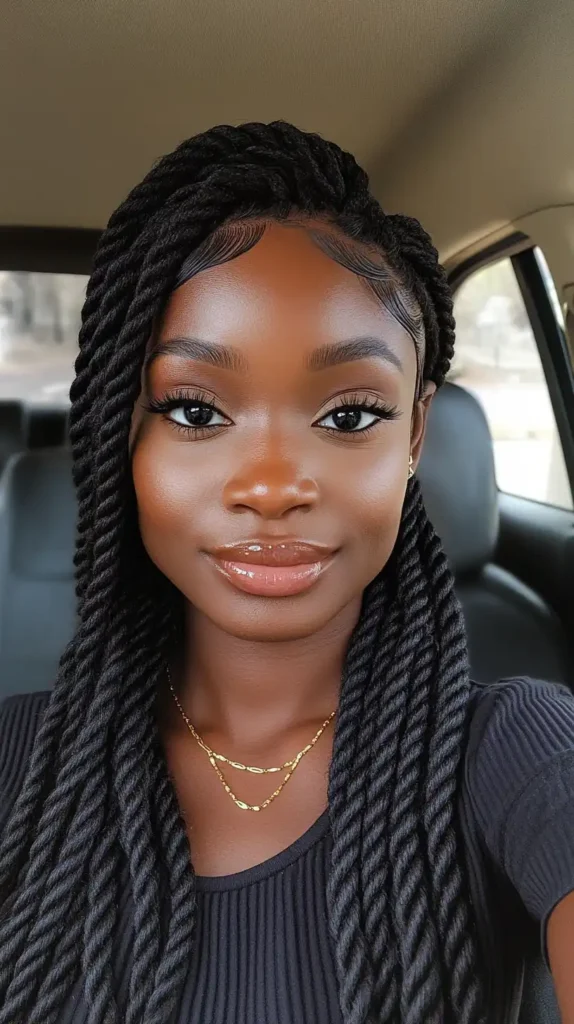
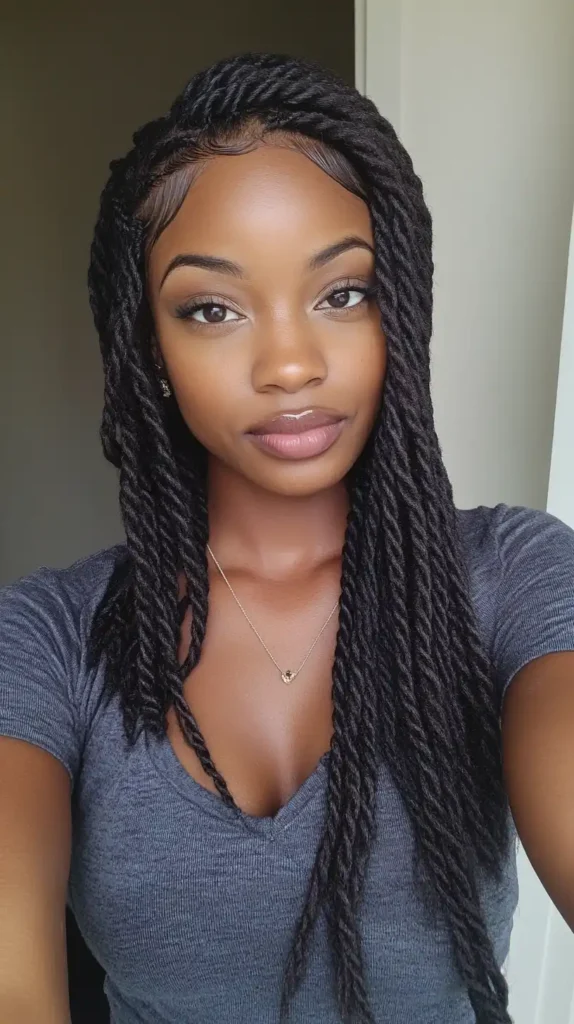
Maintaining Braided Hairstyles
Maintaining braided hairstyles is crucial for keeping them looking fresh and ensuring the health of your hair. Proper care can extend the life of your braids and protect your natural hair underneath.
Cleansing:
- Dilute shampoo with water and apply it to your scalp using an applicator bottle.
- Gently massage your scalp without disturbing the braids.
- Rinse thoroughly, ensuring no shampoo residue remains.
Moisturizing:
- Use a light, water-based moisturizer on your scalp and along the length of the braids.
- Apply a leave-in conditioner to prevent dryness and breakage.
- Use a braid spray for synthetic braids to maintain shine and reduce frizz.
Scalp Care:
- Keep your scalp clean and moisturized to prevent itching and flaking.
- Use tea tree oil or other anti-fungal treatments if you experience scalp issues.
Nighttime Protection:
- Cover your braids with a silk or satin scarf or bonnet before sleeping.
- Use a silk pillowcase to reduce friction and prevent frizz.
Style Maintenance:
- Smooth down flyaways with a small amount of edge control or light gel.
- Trim any loose ends to keep the style looking neat.
Avoiding Tension:
- Ensure your braids aren’t too tight, especially around the hairline.
- Avoid heavy styling or pulling that could cause traction alopecia.
Managing New Growth:
- Gently massage your scalp to stimulate blood flow and promote healthy growth.
- Consider having the edges re-braided if significant new growth appears.
Proper Removal:
- Don’t keep braids in for too long; 6-8 weeks is typically the maximum recommended time.
- When removing braids, be gentle to avoid breakage.
- After removal, deep condition your hair to restore moisture.
Swimming and Exercise:
- Wear a swim cap to protect your braids from chlorine or saltwater.
- After exercising, gently pat your scalp dry to remove sweat.
Regular Inspection:
- Check your braids and scalp regularly for any signs of damage or irritation.
- Address any issues promptly to maintain hair and scalp health.
Conclusion:
The history of braided hairstyles reflects the rich cultural tapestry of human civilization, showcasing how a simple technique of intertwining hair has evolved into a powerful form of artistic expression, identity, and art. From ancient African tribes to modern global fashion trends, braids have consistently been more than just a practical way to style hair; they have been a medium for storytelling, rebellion, and celebrating heritage.
Maintaining braided hairstyles is equally essential, ensuring the style’s longevity and the hair’s health. Proper care techniques, from gentle cleansing to nightly protection, allow individuals to enjoy their braided styles while minimizing damage and promoting healthy hair growth.
By understanding the historical significance and proper maintenance of braids, we can fully appreciate and preserve this timeless hairstyling tradition.

